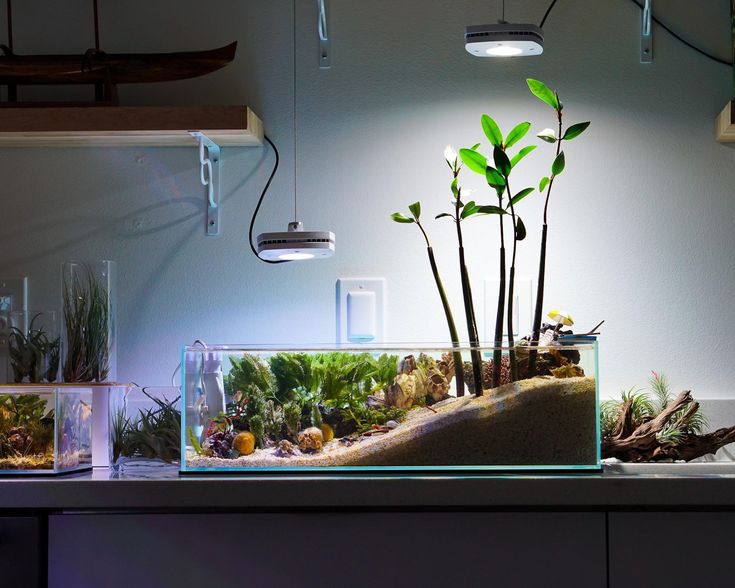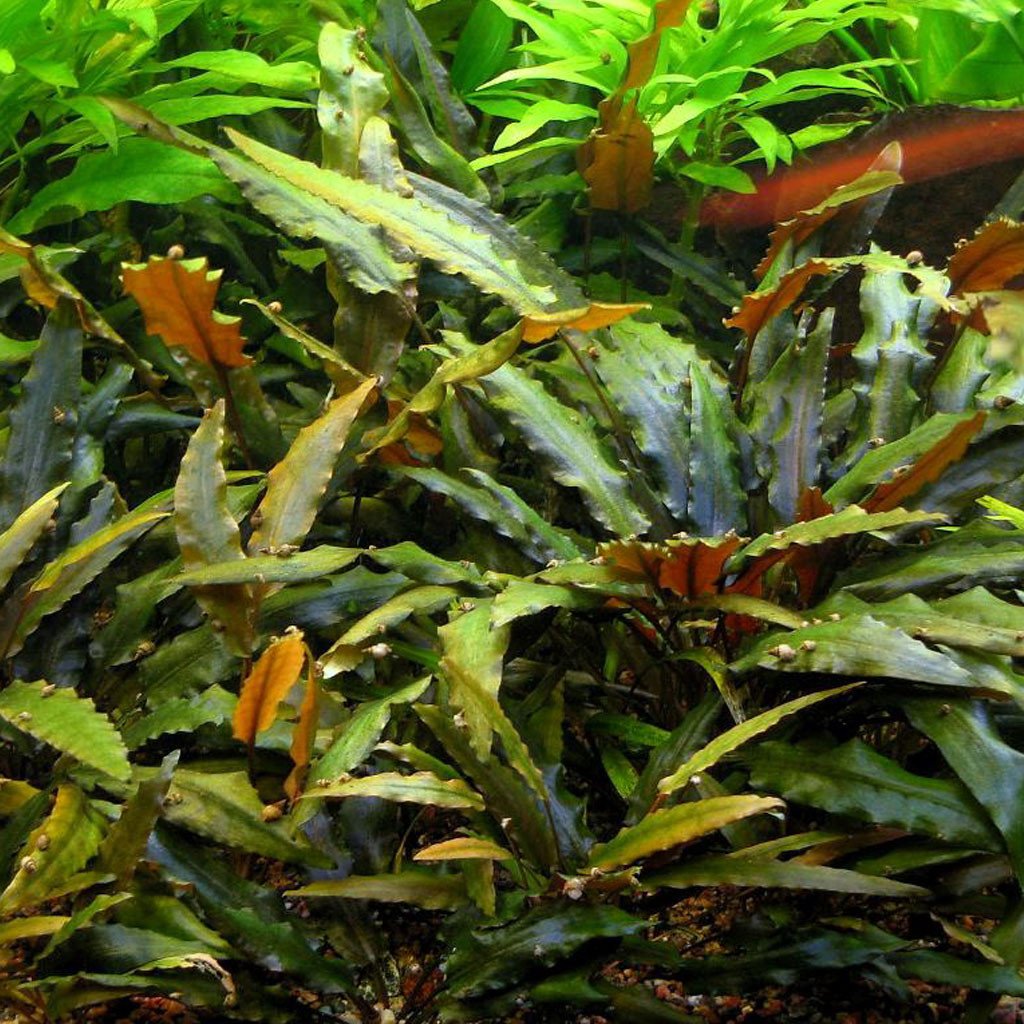
How to Plant Aquarium Plants with Rock Wool, Foam, or Weights
Adding live plants to your aquarium not only enhances its beauty but also improves water quality and provides a natural habitat for fish and invertebrates. Many aquatic plants come with rock wool, foam, or lead weights to protect their roots and keep them anchored.
Knowing how to properly plant these can make all the difference in their health and longevity. Here’s a step-by-step guide to planting weighted aquarium plants the right way!

Understanding Different Planting Materials
Before planting, it’s essential to know what type of material is attached to your plants:
-
Rock Wool – A fibrous material used to hold plants securely while allowing water flow to the roots.
-
Foam – Soft and flexible, often used in tissue culture plants.
-
Lead Weights – Small strips of metal that keep plants from floating.
Each requires a slightly different approach to ensure your plants thrive.
Step-by-Step Planting Guide

1. Unpacking and Preparing the Plants
When your plants arrive, they may be bundled together in a pot or with a weight. Gently remove them from the packaging and inspect for any damaged or decaying leaves.

2. Removing Rock Wool or Foam
-
Hold the plant by its base and carefully pull it from the pot.
-
If the roots are tightly wrapped in rock wool or foam, soak them in aquarium water for a few minutes to loosen the material.
-
Gently tease out as much of the material as possible, but don’t stress if a little remains – most will break down over time.

3. Dealing with Lead Weights
-
If your plants come with a lead weight, unwrap it carefully.
-
For stem plants, remove the weight entirely before planting.
-
If using the weight to anchor plants in a temporary holding tank, ensure it is aquarium-safe and does not pinch the stems too tightly.

4. Trimming the Roots
-
Use sharp scissors to trim any excessively long or damaged roots.
-
A good rule of thumb is to leave about 1–2 inches of roots to encourage new growth.

5. Planting in the Substrate
-
For Stem Plants: Insert each stem individually into the substrate about an inch deep to prevent floating.
-
For Rooted Plants: Dig a small hole, place the roots inside, and cover gently with substrate, ensuring the crown remains exposed.
-
For Floating Plants: Simply place them on the water’s surface, where they will naturally spread.

6. Anchoring if Needed
-
If your plants have trouble staying put, you can use plant anchors or small decorative rocks to help hold them down temporarily until they root.

7. Providing Proper Care
-
Lighting: Ensure your plants receive adequate light based on their species.
-
Fertilization: Add root tabs for heavy root feeders or liquid fertilizers for water column feeders.
-
CO2 (Optional): Some plants thrive better with added CO2, though many do well without it.

Final Thoughts
Properly planting aquarium plants with rock wool, foam, or weights ensures they establish well in your tank. Taking the time to remove excess materials, trim roots, and secure them properly will set your plants up for long-term success. Whether you’re planting lush carpeting plants or tall background stems, these techniques will help your plants grow beautifully in your aquarium.
Looking for high-quality aquatic plants?
Check out our selection at Marcus Fish Tanks!

